Intelligent systems research
Medical Technology
Alan Turing’s idea of the imitation game was a precursor to current thinking about intelligent systems inside the medical industry. The application of intelligent systems for preventive maintenance and innovation is extremely exciting.
This sector’s infrastructure needs for intelligent systems characteristics require more investment today than any of the other verticals. Just under 36% of them are needed now.
The Need to Act
Accenture calculates that by 2026, AI alone could save U.S. healthcare $150 billion annually. Imagine what else could be saved with automation and connected applications in devices. The opportunities to compute data in near real time on common development and operations platforms for the benefit of both patient and institution are immense.
For executive leaders in the medical technology sector, there are necessary precursors to success:
- Delivering a real-time collaborative workflow platform
- Connecting data in feedback loops back into product development for insights
- Detecting and resolving events
- Delivering total automation to key outcomes
Although these four characteristics may seem disconnected, they represent the combination of elements needed to achieve the longer-term performance that will bring together applications, functionality, and system management.

These initial-phase intelligent systems characteristics account for 36% of all the critical characteristics for intelligent systems success. No other sector scores higher than 18% for these necessary precursors.
The ability to compute on the far edge is the next most important characteristic for success in the building phase of intelligent systems capability for this sector. It joins the ability to predict stresses and failures and resolve them and the ability to customize device experiences in the cloud as the three characteristics core to success in straddling needs over the next three to five years.
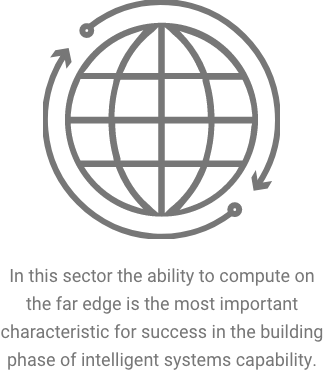
Alan Turing’s idea of the imitation game was a precursor to how to think about intelligent systems inside the medical industry. The application of intelligent systems for preventative care and innovation is extremely exciting.
Most medical technology executive leaders are either committed to the idea of intelligent systems (33%) or in the experimental phase (48%). In the first group, the gap between those committed and succeeding and those committed but not succeeding is big: 20% versus 11%.
Two key characteristics for success need to be achieved in the initial five-year time frame: the application of AI and ML and the ability to deliver actions based on sensory data and algorithms. These will drive the success of longer-term objectives in the medical technology sector.
While 78% of leaders in medical technology companies are on a pathway to building intelligent systems, one third of them are not succeeding. A strong focus on building the precursor characteristics is an essential first step to increasing performance. While characteristics such as experimenting as a learning system are interesting, they are not seen as anything more than nice-to-haves.
What really matters to executives building intelligent systems?
While there are 13 key characteristics of intelligent systems, not all characteristics deliver the same positive impact. Your peers across all sectors told us the far edge is vital for success, especially when 65%+ rely on embedded devices for business success.
These stacks represent the magnitude of impact each intelligent systems characteristic has on such systems. The larger the block, the greater the impact. You can view this data for companies grouped by momentum and success, or by specific industry.
EXPLORE MAGNITUDE STACKS
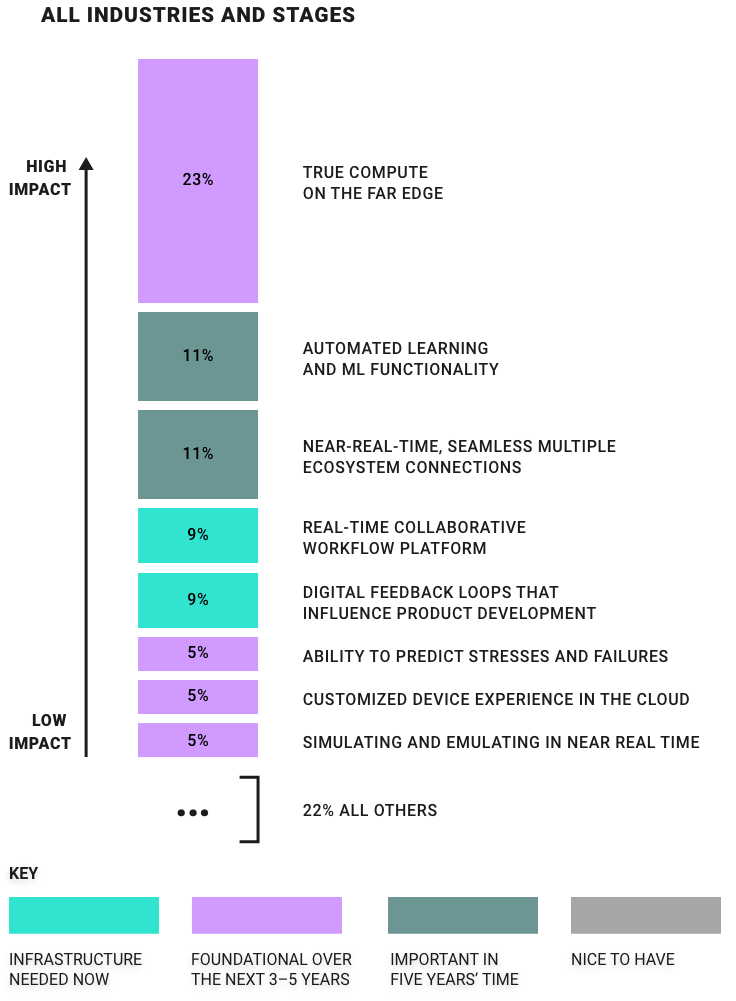
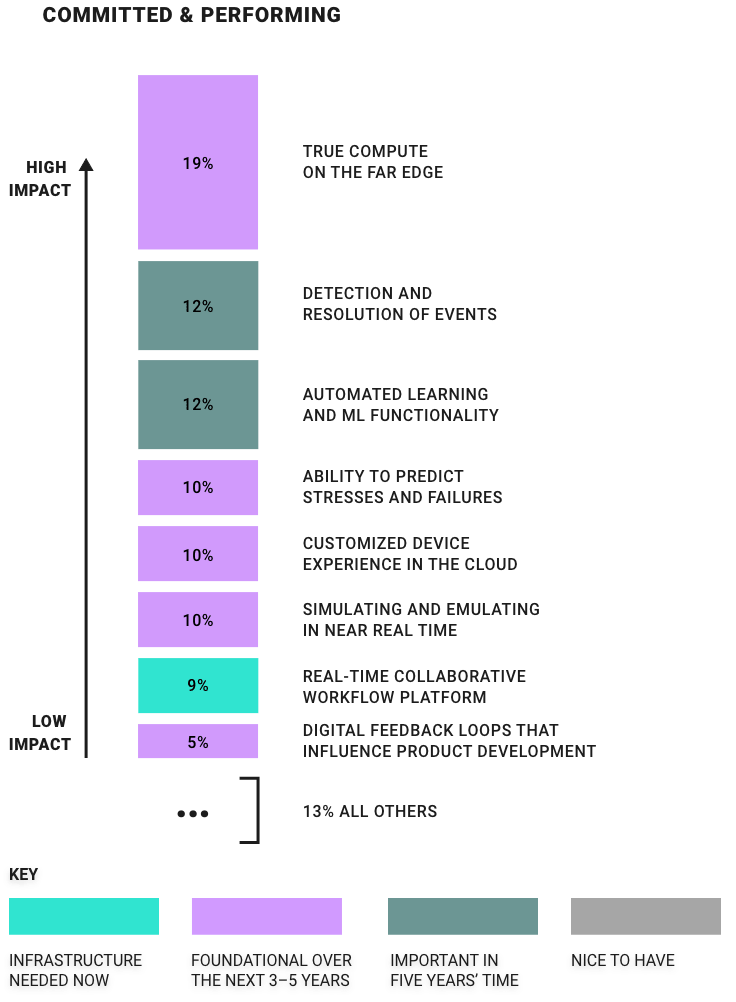
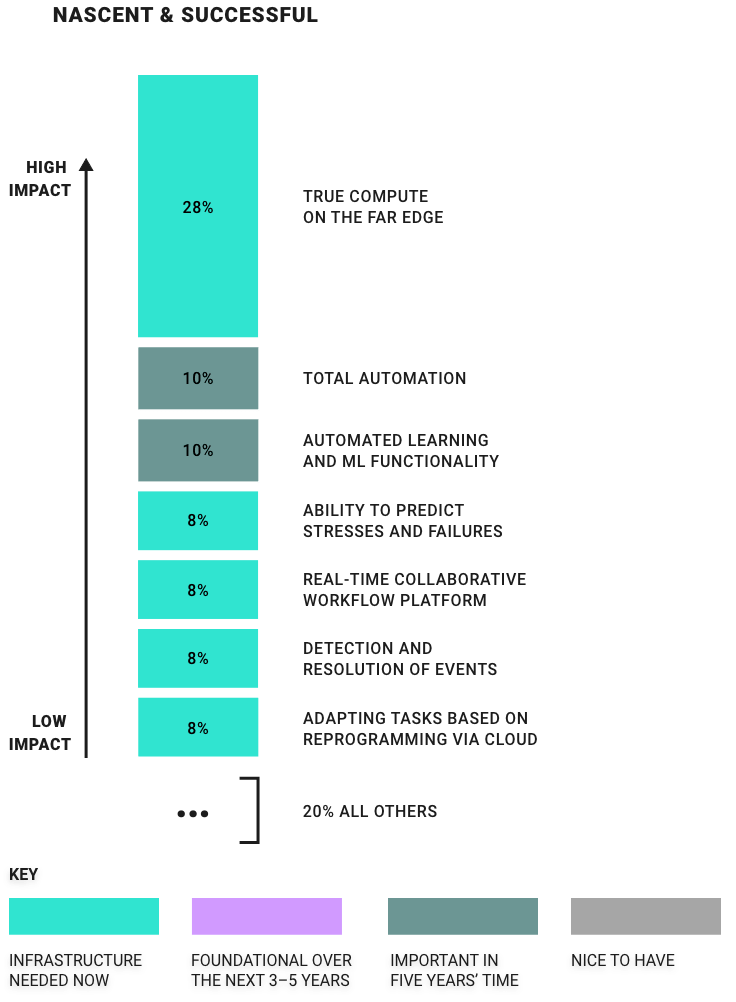
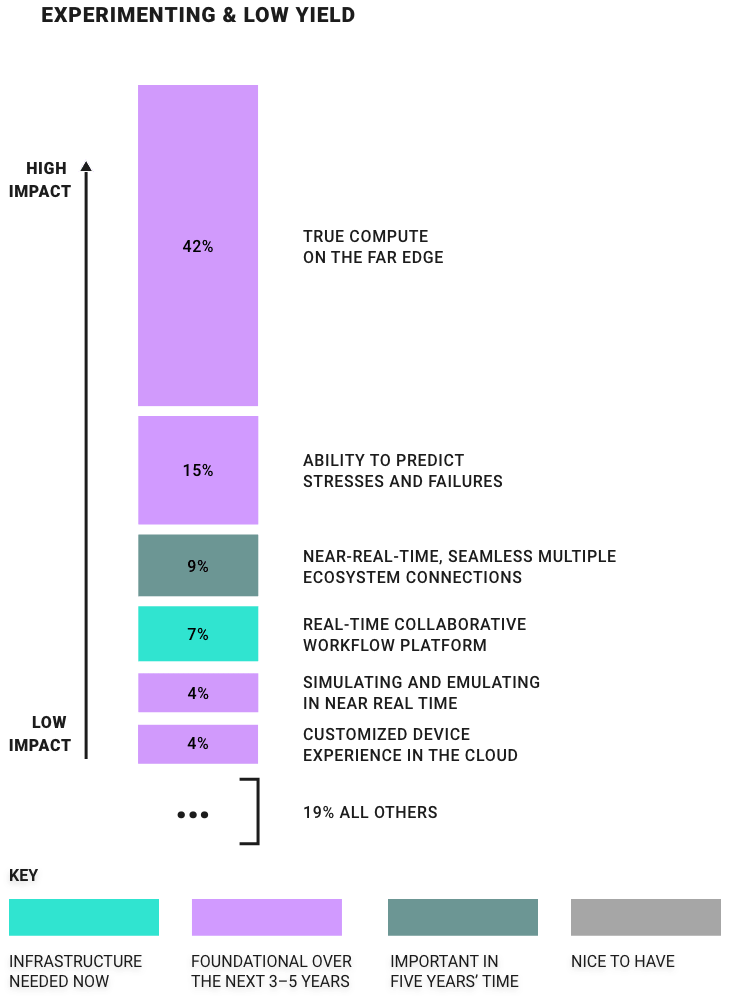
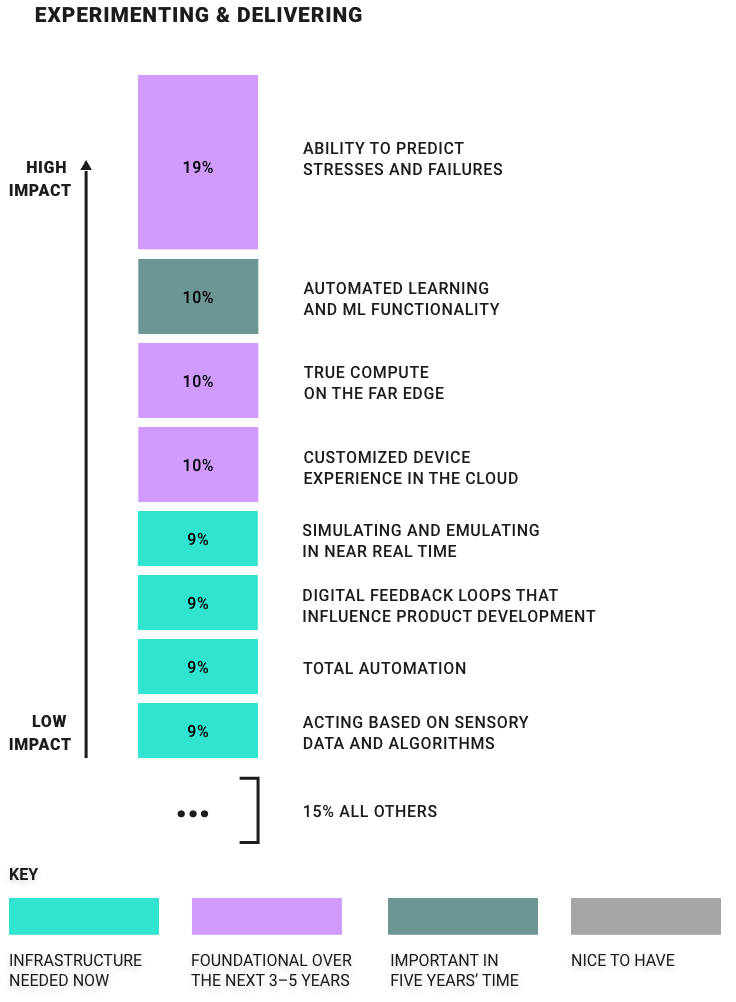
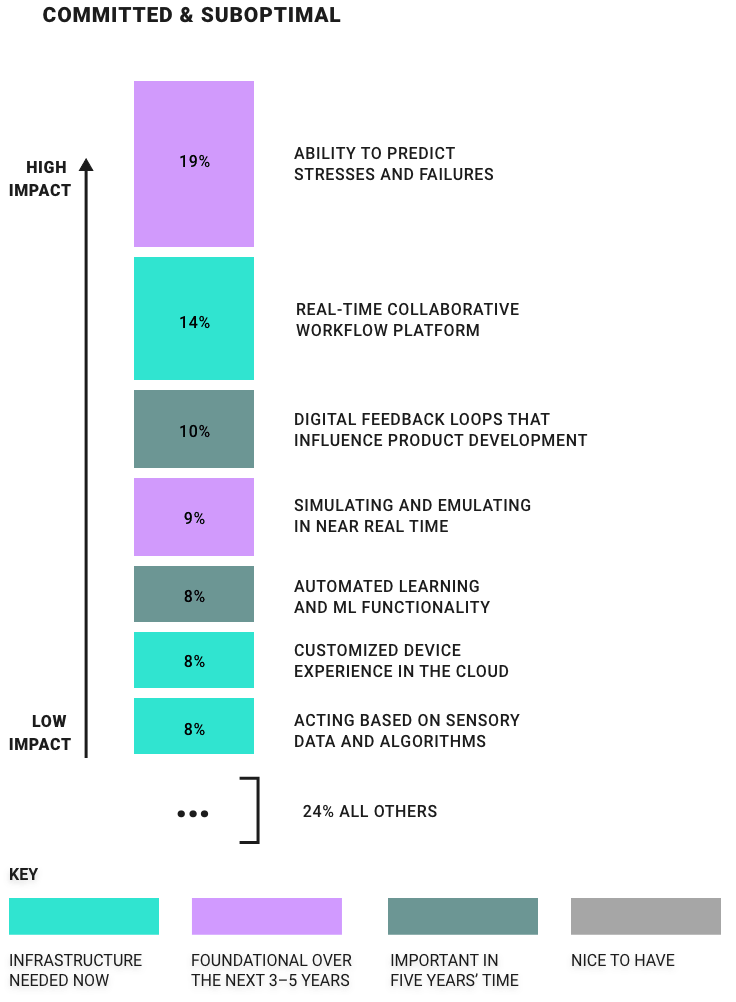
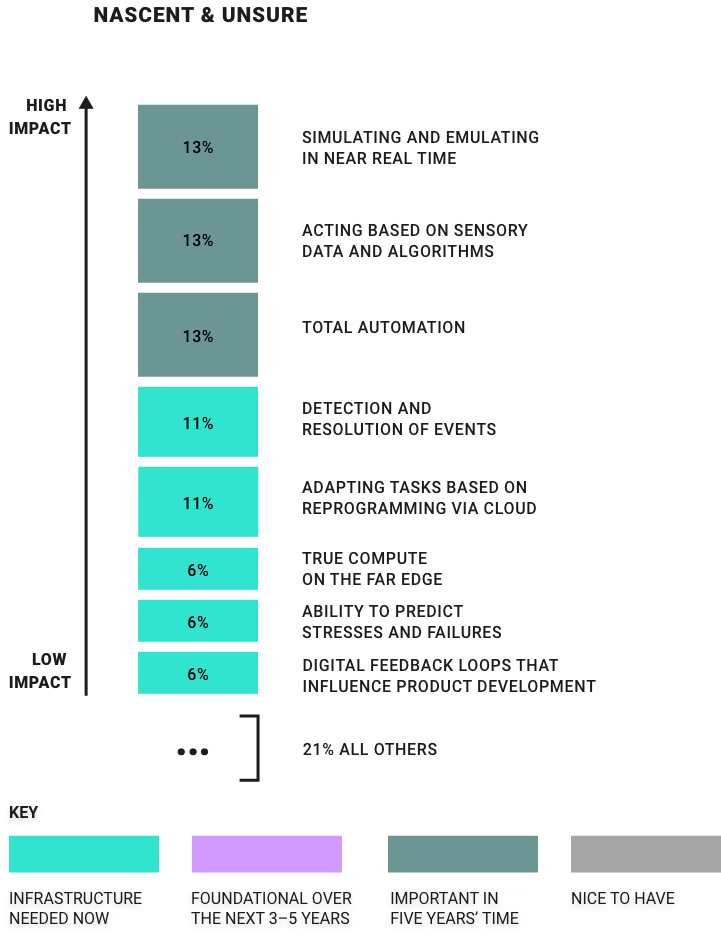
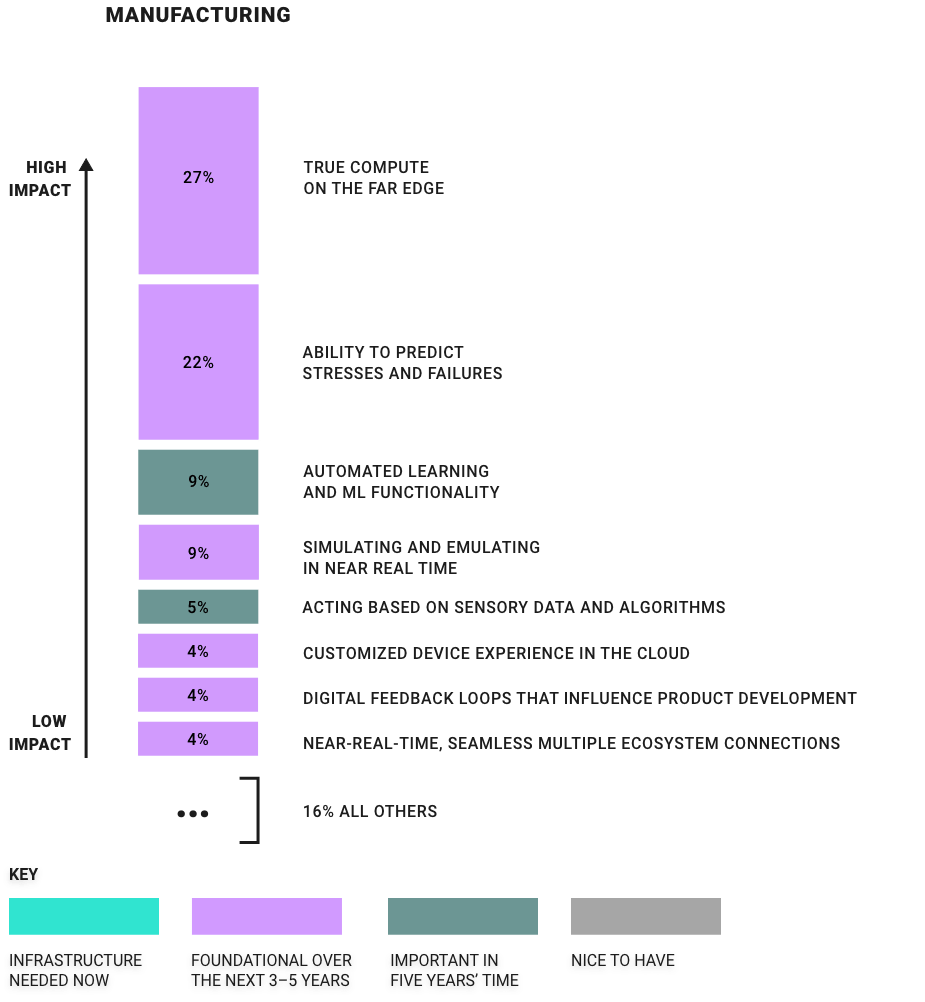
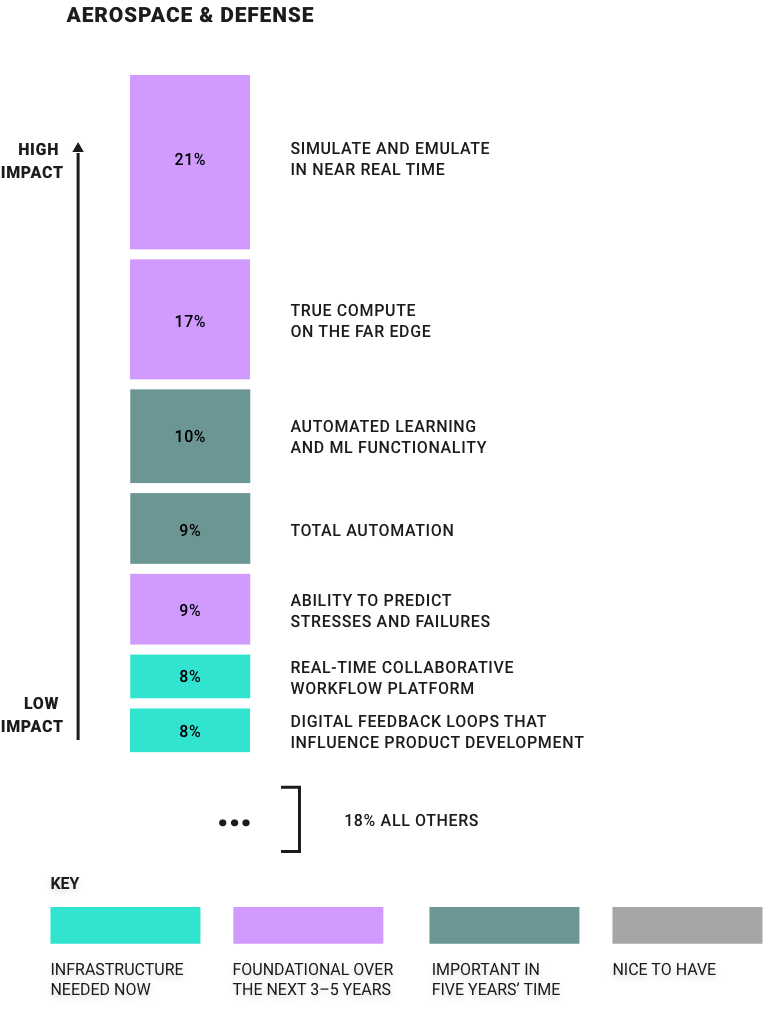
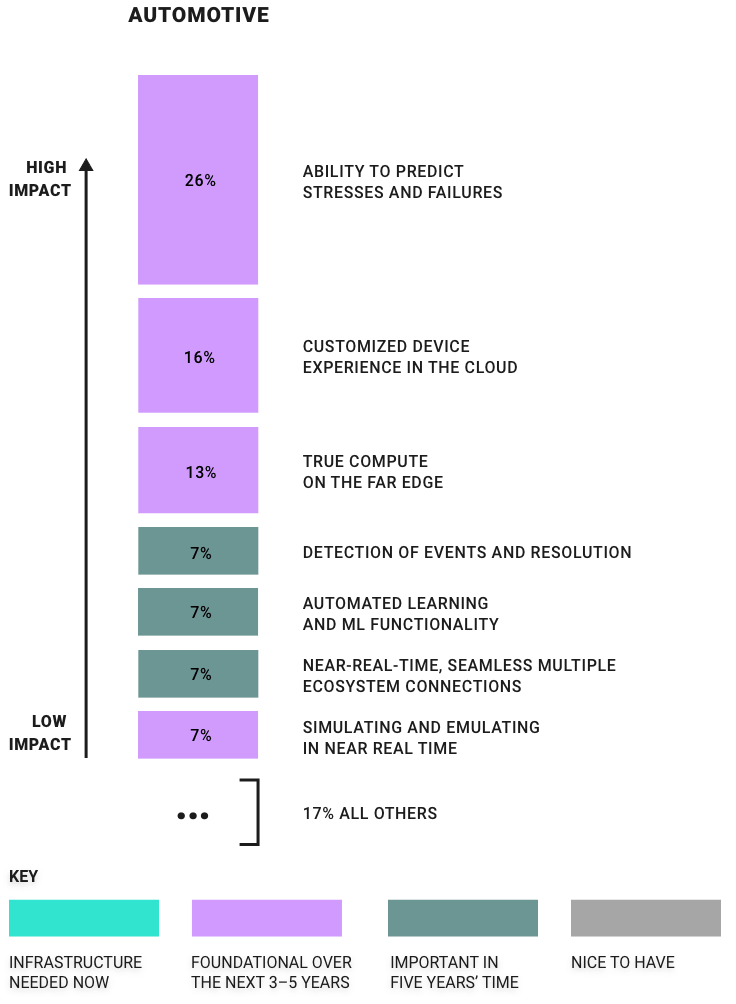
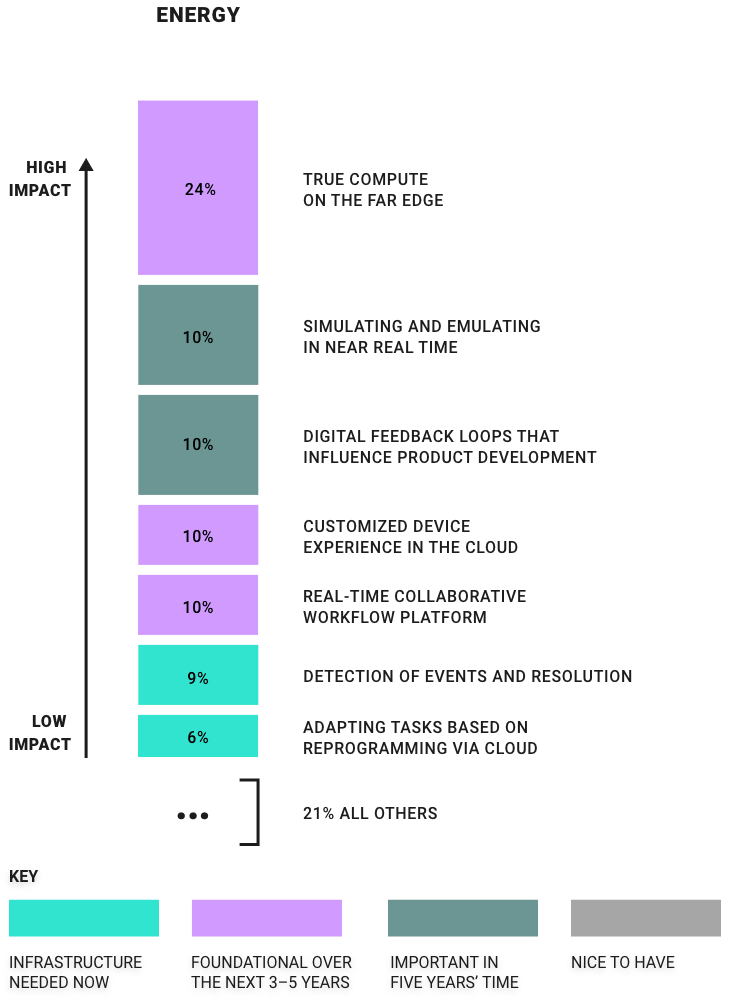
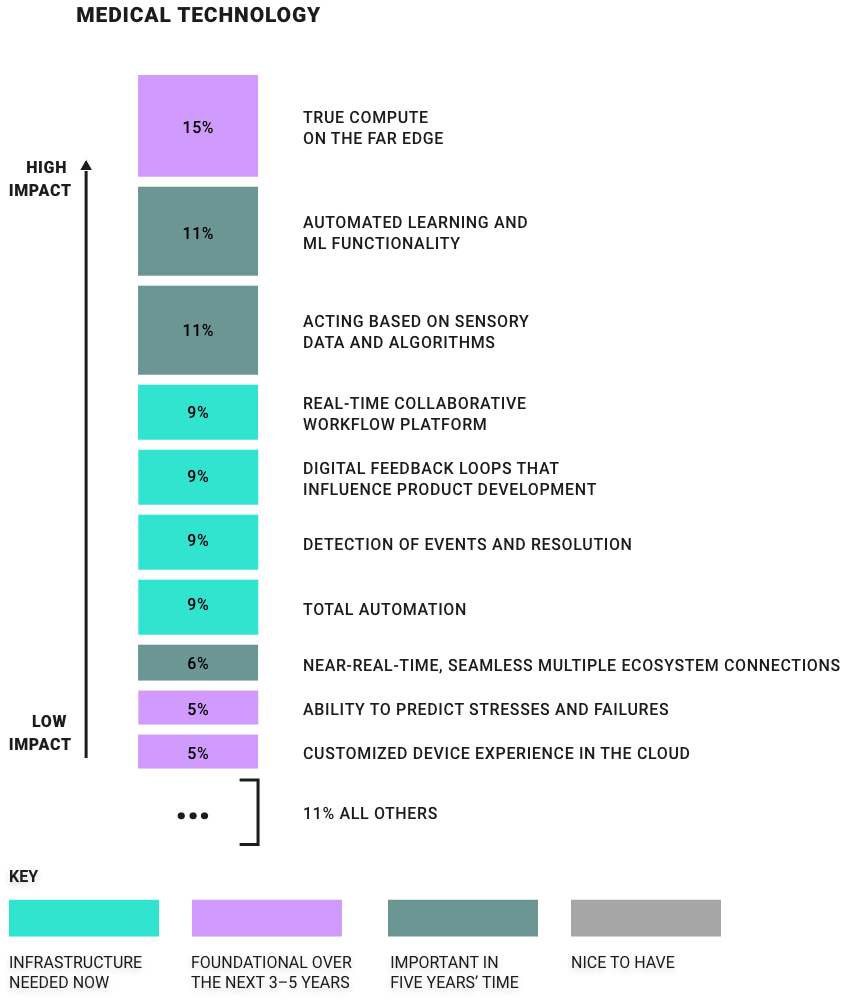
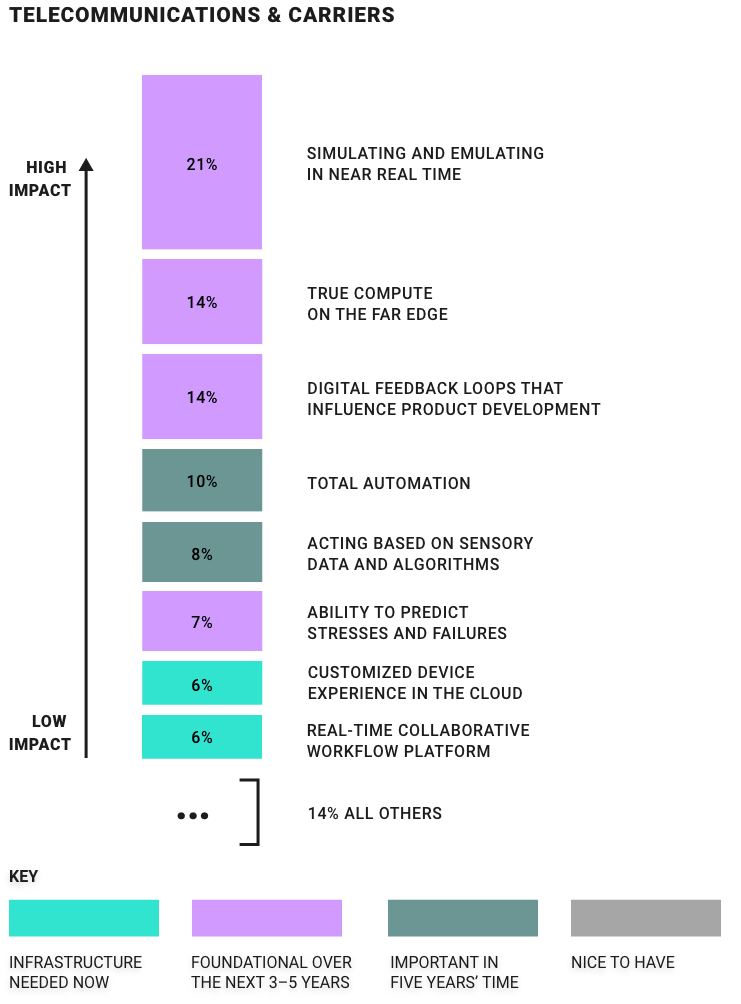

Source: Characteristics of an Intelligent Systems Future, Forbes, 2021
Explore Wind River Studio
Wind River® Studio is the first cloud-native platform for the development, deployment, operations, and servicing of mission-critical intelligent systems.
Explore NowFive Facts About Intelligent Systems in the Medical Technology Sector
66%
of leaders in medical technology agree that potential for ROI outweighs the level of effort.
24%
of leaders in medical technology say the key barrier for future success is the lack of skill sets.
The prime motivations for building intelligent systems are the ability to move more decision-making computing to the far edge of the cloud (more important than in other industries) and the ability to make business decisions autonomous.
The key societal value for intelligent systems is the ability to govern corporations in a more real-time and data-centric manner. This sector, compared to the other industries studied, marks this as the number-one extended value of intelligent systems for society.
52%
of leaders in this sector believe that the most important characteristic of intelligent systems for organizational success is that they can be built, developed, and operated using simulations or emulations to increase productivity and reduce time-to-market.
Characteristics of Intelligent Systems Success in the Medical Technology Sector
Knowing when to invest in each characteristic requires a blueprint for building critical infrastructure, delivering core foundational needs, and much more.
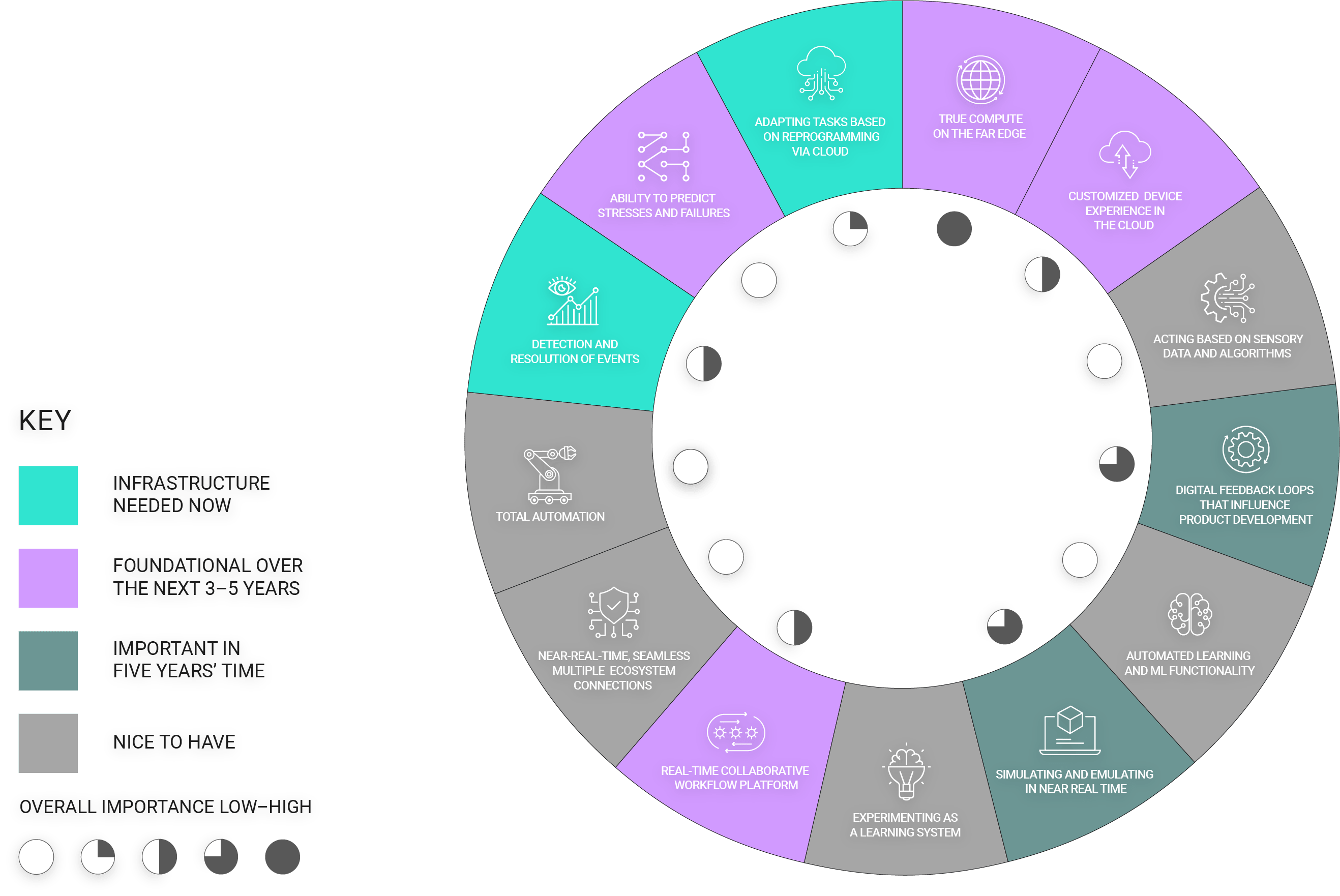

Plot Your Intelligent Systems Journey in the Medical Technology Sector
Download “Plotting Your intelligent Systems Journey,” a free 30-page report developed in partnership by Wind River and Forbes.
Our research is based on more than 200 points of comparison across companies building and deploying intelligent systems.
This report shows:
- How your peers are thinking about the barriers to and drivers for adoption of intelligent systems
- What factors would accelerate the adoption of intelligent systems in your sector
- The relative importance of all intelligent systems characteristics, to help you prioritize your investments
- How your peers see the roles and importance of 5G, AI, ML, and cybersecurity in their decision-making
- The key components for the mission-critical success of intelligent systems
- What the future of embedded devices and solutions looks like in an intelligent systems world
- Where digital feedback loops are crucial for success
- What the key metrics for success are
- Where your peers see extensive value for intelligent systems in addressing wider societal issues


